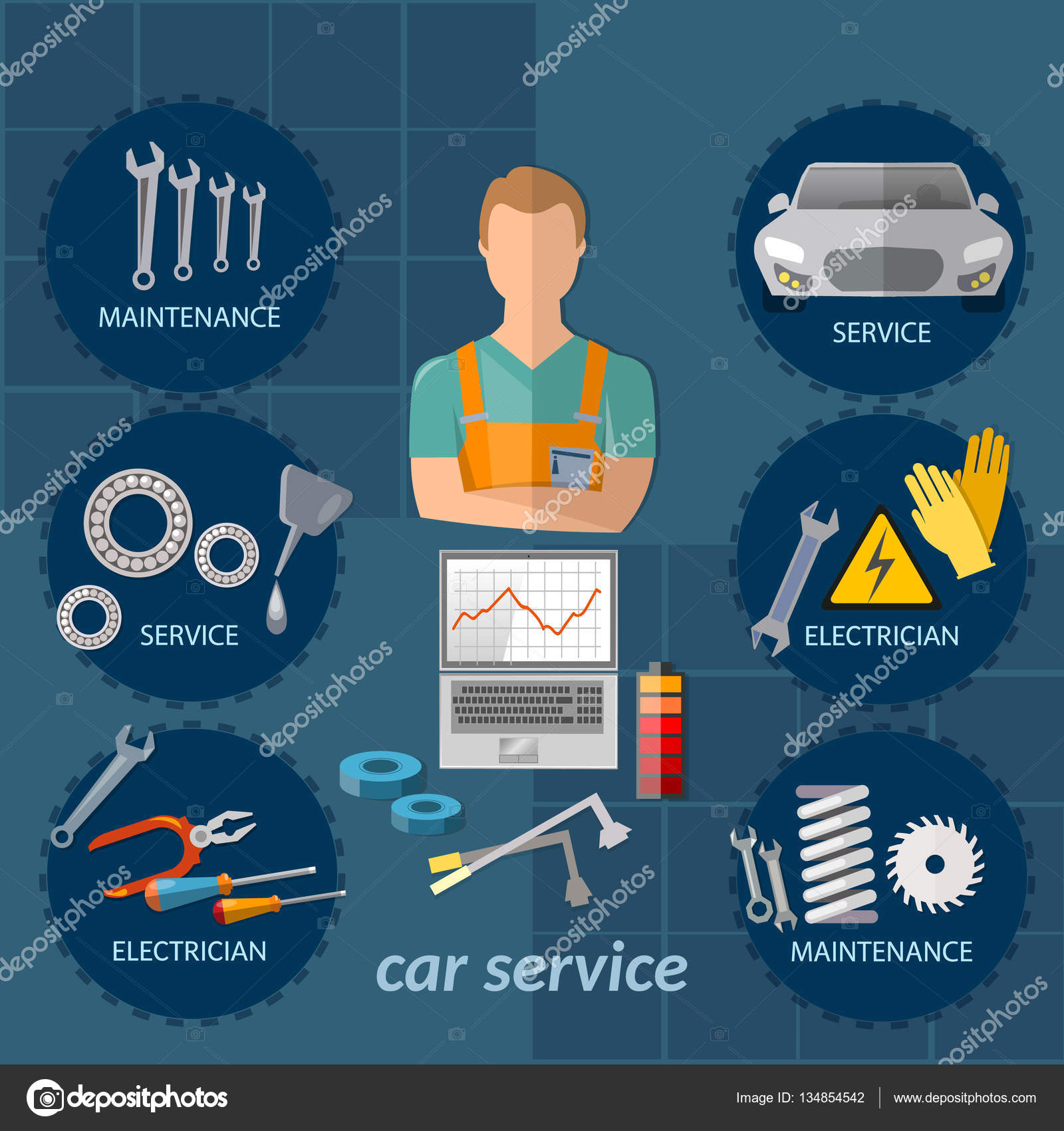Enlighten Yourself On The Dashboard Caution Lights In Your Vehicle To Comprehend Their Effect On The Health And Wellness Of Your Car
Enlighten Yourself On The Dashboard Caution Lights In Your Vehicle To Comprehend Their Effect On The Health And Wellness Of Your Car
Blog Article
Author-McKee Mendoza
When you're behind the wheel, those glowing warning lights on your dashboard can be a bit puzzling. Do you recognize what they're trying to inform you about your cars and truck's wellness? Recognizing the significance of these lights is vital for your safety and the durability of your automobile. So, the next time among those lights appears, wouldn't you want to understand its message accurately and take the essential steps to address it?
Common Caution Lighting and Interpretations
Identify usual caution lights in your auto and understand their significances to make certain risk-free driving.
One of the most normal caution lights consist of the check engine light, which indicates issues with the engine or emissions system. If this light begins, it's critical to have your car examined quickly.
The oil stress cautioning light shows reduced oil stress, calling for immediate interest to avoid engine damage.
A blinking battery light could suggest a faulty charging system, possibly leaving you stranded if not dealt with.
The tire stress monitoring system (TPMS) light informs you to reduced tire pressure, influencing vehicle stability and fuel performance. Overlooking this could cause unsafe driving problems.
The abdominal light shows a problem with the anti-lock stopping system, jeopardizing your capability to stop swiftly in emergency situations.
Finally, the coolant temperature level alerting light warns of engine getting too hot, which can lead to severe damages otherwise settled promptly.
Understanding these typical caution lights will assist you address issues without delay and keep risk-free driving conditions.
Importance of Prompt Interest
Recognizing the usual caution lights in your auto is just the initial step; the value of quickly attending to these warnings can not be highlighted enough to ensure your security when traveling.
When a caution light brightens on your control panel, it's your auto's means of communicating a possible issue that requires interest. Overlooking these warnings can cause extra serious troubles later on, jeopardizing your safety and possibly costing you more out of commission.
Prompt interest to warning lights can avoid break downs and mishaps. For instance, a blinking check engine light might show a misfire that, if left unattended, might cause damages to the catalytic converter. Addressing pro tech auto repair without delay can conserve you from an expensive repair service.
In a similar way, a brake system advising light might indicate reduced brake liquid or worn brake pads, essential elements for your safety and security when driving.
DIY Troubleshooting Tips
If you observe a warning light on your control panel, there are a couple of DIY fixing suggestions you can try before looking for professional help.
The very first step is to consult your auto's manual to recognize what the certain caution light suggests. Sometimes the concern can be as basic as a loosened gas cap activating the check engine light. Tightening the gas cap might resolve the problem.
An additional typical concern is a low battery, which can trigger different cautioning lights. Inspecting the battery links for deterioration and guaranteeing they're safe could take care of the problem.
If a caution light persists, you can try resetting it by detaching the vehicle's battery for a couple of mins and afterwards reconnecting it. In just click the next site , checking your car's fluid degrees, such as oil, coolant, and brake fluid, can assist repair cautioning lights connected to these systems.
Conclusion
To conclude, comprehending your auto's caution lights is essential for maintaining your vehicle running smoothly and securely. By immediately dealing with these informs and recognizing what they suggest, you can stay clear of expensive fixings and possible break downs.
Remember to consult your auto's guidebook for specific information on each alerting light and act as necessary to guarantee a trouble-free driving experience.
Keep notified, stay risk-free on the road!
